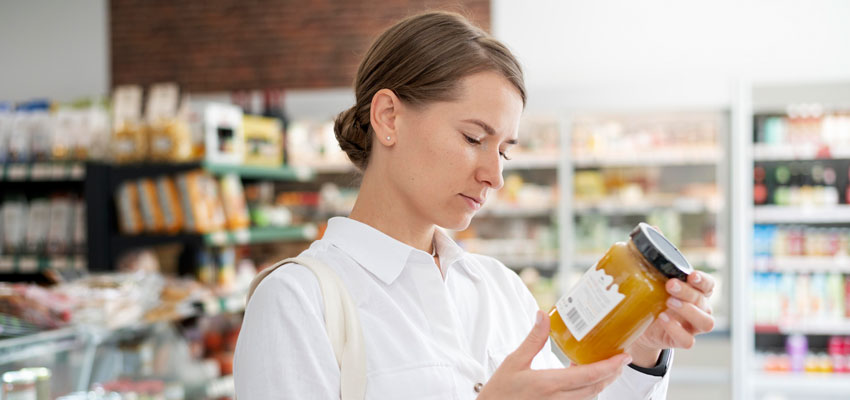FAO/WHO Expert Group recommends thresholds for milk and sesame labelling and the European Federation of Food Industries released its new version of the Allergen Management Guide.
The problem with labelling potentially allergenic components in food is the lack of meaningful limit values. Even the most sensitive analytical method always has a limit of determination that is never "0" for mathematical-statistical reasons. But this is exactly what the current labelling regulation requires, which leads to manufacturers putting a warning label on many products to indicate possible traces of allergens.
Despite the most careful selection and processing of raw materials, it is therefore customary, if only for reasons of product liability, to indicate trace amounts. For allergy sufferers, this often means having to do without the food or having to assess the risk themselves. However, if there were defined threshold values that must not be exceeded, risk assessment would be easier for the people concerned.
The discussion on the definition of such threshold values is being conducted at many levels in multidisciplinary circles. In its recently published summary report, the FAO expert group recommends the following thresholds, at least for sesame and milk as allergens 1):
|
Allergen |
RfD recommendation |
|
Milk |
2,0 |
|
Sesame |
2,0 |
The other threshold values for protein-based foods published to date can be found under the links provided below.2)
However, for the time being, they have no direct practical use for those affected, but may provide a basis for setting thresholds in a future revision of the current EU Allergen Labeling Regulation.
This makes allergen management itself all the more important for food producers. Therefore, the revision of the corresponding guide by FoodDrinkEurope 3) - the European umbrella organization of the food industry - comes at the right time.
YOUR PLUS: AGROLAB food laboratories offer a comprehensive range of accredited allergen tests using ELISA and PCR technology. Swab tests for testing surfaces are also part of the scope of testing.
Links:
1) Ad hoc Joint FAO/WHO Expert Consultation on Risk Assessment of Food Allergens
Part 2: Review and establish threshold levels in foods of the priority allergens
Virtual follow-up meeting on milk and sesame
2) Ad hoc Joint FAO/WHO Expert Consultation on Risk Assessment of Food Allergens
Part 2: Review and establish threshold levels in foods of the priority allergens
Virtual meeting, 15 March – 2 April 2021
3) Guidance on Food Allergen Management for Food Manufacturers
Published: 11/04/2022
Author: Dr. Frank Mörsberger

 Contact
Contact

 Contact
Contact Career
Career